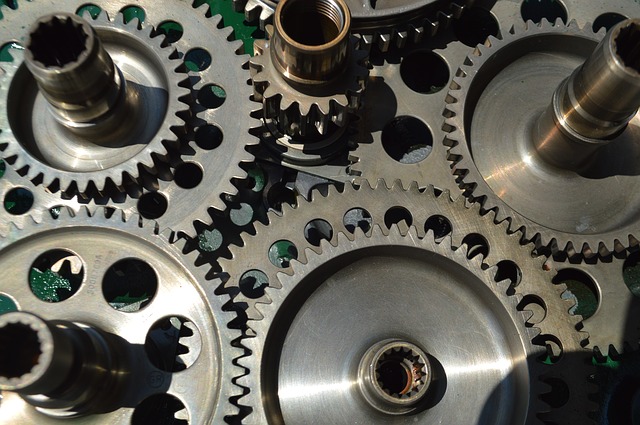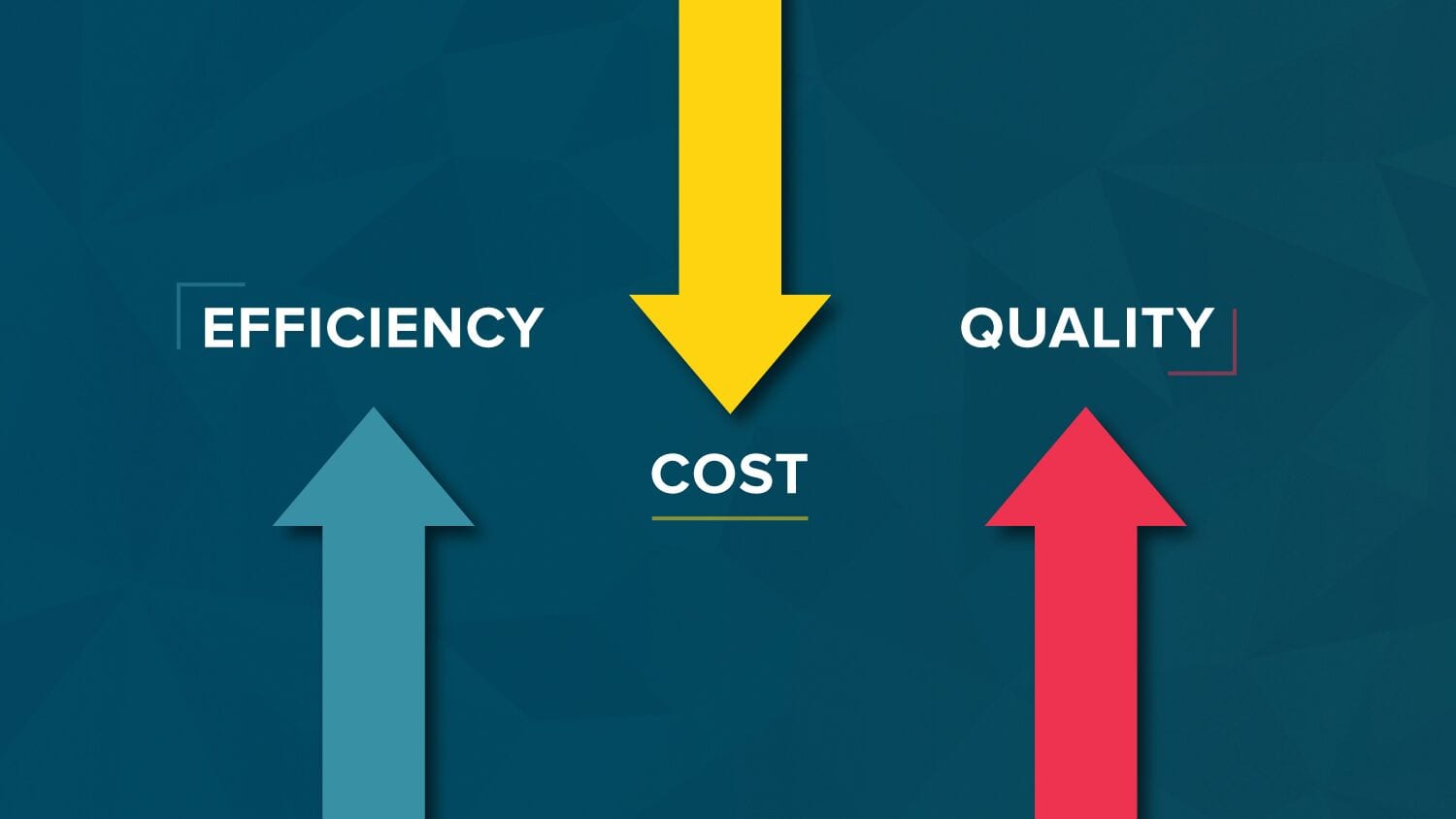Yes, fabrication is an integral part of mechanical engineering, essential for creating prototypes, custom machinery, and various components.

What is Fabrication?
Fabrication refers to the process of constructing products by cutting, shaping, joining, and assembling raw materials. This term is widely used in the fields of mechanical engineering, architecture, and construction.
Definition and Basics
Fabrication starts with a design, usually in the form of blueprints or digital models, which serves as the template for constructing the final product. Engineers and skilled workers then proceed to transform raw materials, such as metal, plastic, or composite, into the desired shape or structure. Tools like cutting machines, welding apparatus, and CNC machines often come into play during this process.
Types of Fabrication Processes
Here are some common types of fabrication processes widely used in mechanical engineering:
- Welding: This is the process of joining two or more metal parts by melting them together. Welding is commonly used in automotive manufacturing, shipbuilding, and infrastructure projects.
- Machining: Involves removing unwanted material from a workpiece to achieve the desired shape. Processes like turning, milling, and drilling fall under machining.
- Casting: Molten metal is poured into a mold to create a specific shape after solidification. Casting is a common fabrication process in making intricate shapes, especially for the automotive and aerospace industries.
- Stamping: This process involves shaping metal by pressing it between two molds. Stamping is widely used in the production of metal sheets.
- Additive Manufacturing: Also known as 3D printing, this process involves layering materials to construct a three-dimensional object. Additive manufacturing is increasingly popular for creating prototypes and customized parts.
- Forming: This process shapes material by deforming it without removing any material. Processes like bending, rolling, and forging fall under forming.
Role of Fabrication in Mechanical Engineering
Fabrication plays a vital role in mechanical engineering, serving as the backbone for creating tangible products from theoretical designs. It intersects with multiple engineering disciplines and significantly influences project outcomes in terms of cost, quality, and efficiency. Mechanical engineering leverages various fabrication methods to achieve different goals, ranging from prototype development to mass production.
Building Prototypes
One of the most crucial uses of fabrication in mechanical engineering is in building prototypes. Prototypes serve as the initial model for any product, providing engineers and stakeholders with a tangible representation of the final product. Fabrication methods like 3D printing and CNC machining allow engineers to quickly create precise and functional prototypes. These prototypes are then subjected to tests to validate their design, strength, and functionality before mass production.
Custom Machinery
Fabrication also plays a vital role in the creation of custom machinery. Unlike mass-produced machinery, custom machines serve specific functions tailored for unique applications. This involves the use of specialized fabrication techniques like welding, sheet metal forming, and precision machining.

Research and Development
In the R&D phase, fabrication methods serve as invaluable tools for experimentation and testing. Researchers often need to fabricate custom components to test theories or to develop new technologies. For instance, in aerospace engineering, fabrication techniques like high-precision machining or specialized welding are essential for creating components that can withstand extreme conditions. Thus, fabrication processes significantly influence the R&D capabilities of any mechanical engineering endeavor.
Methods of Fabrication Used in Mechanical Engineering
The world of mechanical engineering involves a broad range of fabrication methods, each with its unique advantages and applications. These methods are fundamental in transforming raw materials into finished products. Here are some of the most commonly utilized methods, detailed with bullet points.
Welding
- Types: Common types include TIG, MIG, and arc welding, each with specific applications.
- Applications: Widely used in industries like shipbuilding, construction, and automotive engineering.
- Advantages: Welding provides strong joins between metals, suitable for structural and load-bearing components.
Machining
- Processes: Includes turning, milling, drilling, and grinding among other subtractive methods.
- Precision: CNC machining offers high levels of precision, often down to micrometers.
- Materials: Capable of working with a wide range of materials, including metals, plastics, and ceramics.
Additive Manufacturing
- Also Known As: Commonly referred to as 3D printing.
- Flexibility: Allows for the creation of complex geometries and structures that are difficult to produce with other methods.
- Applications: Gaining traction in industries like aerospace, healthcare for prosthetics, and custom manufacturing.

Forming
- Techniques: Incorporates methods like bending, rolling, and forging.
- Material Conservation: Unlike subtractive methods, forming processes transform materials without removing substance.
- Industries: Often used in sheet metal industries, automotive production, and construction for structural components.
Benefits of Fabrication in Mechanical Engineering
Fabrication serves multiple advantages in the realm of mechanical engineering, contributing not just to the quality of end-products but also to the overall project economics and efficiency. Here are some key benefits, detailed with bullet points.
Cost Efficiency
- Reduced Material Waste: Techniques like CNC machining minimize waste, saving on material costs.
- Labor Savings: Automation in fabrication processes can reduce the time and labor required for production.
- Speed to Market: Advanced fabrication methods can speed up the production cycle, reducing the time to bring a product to market and thereby saving costs.

Precision and Customization
- High Tolerance: Techniques like laser cutting can achieve incredibly tight tolerances, essential in precision-critical industries like aerospace and medical devices.
- Tailored Solutions: The versatility of fabrication methods allows for customized components, meeting the unique requirements of specific projects.
- Quality Control: Advanced fabrication methods often include built-in quality assurance measures, ensuring the final product meets or exceeds specifications.
Scalability
- Mass Production: Methods like stamping and casting are highly scalable, making them ideal for large-volume production.
- Flexibility: Additive manufacturing allows for cost-effective small-batch production, offering scalability in both directions.
- Resource Management: Scalable fabrication processes enable more effective use of resources, adapting easily to project demands.




